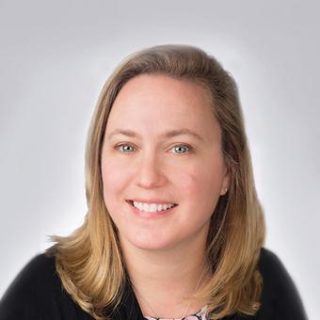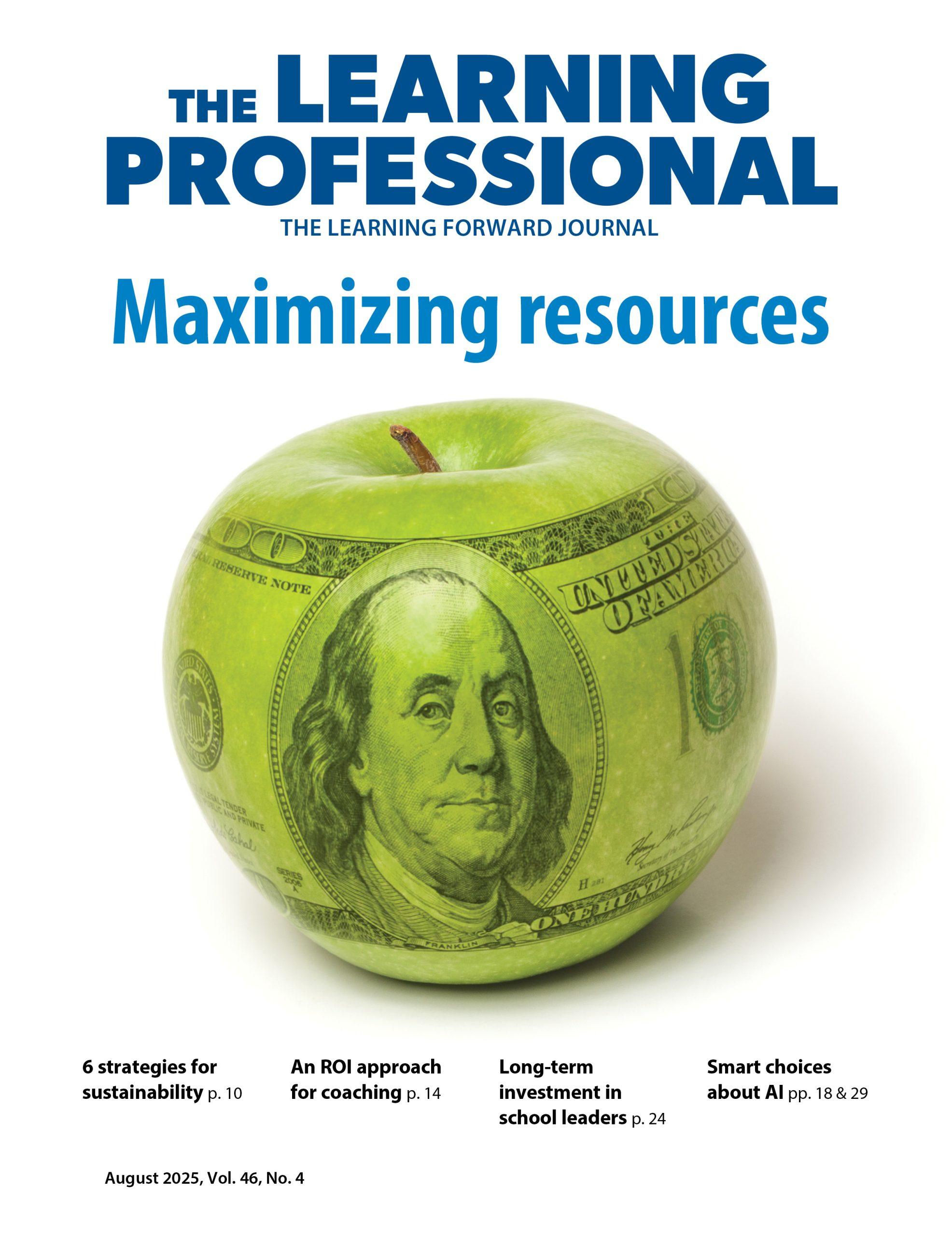FOCUS
Strong materials in the hands of great teachers
A year of school visits highlights what makes curriculum work
By Barbara Davidson and Susan Pimentel
Categories: College- and career-ready standards, Instructional materials/curriculumDecember 2018
Vol. 39 No. 6
Read the remaining content with membership access. Join or log in below to continue.
Sed ut perspiciatis unde omnis iste natus error sit voluptatem accusantium doloremque laudantium, totam rem aperiam, eaque ipsa quae ab illo inventore veritatis et quasi architecto beatae vitae dicta sunt explicabo. Nemo enim ipsam voluptatem quia voluptas sit aspernatur aut odit aut fugit, sed quia consequuntur magni dolores eos qui ratione voluptatem sequi nesciunt. Neque porro quisquam est, qui dolorem ipsum quia dolor sit amet, consectetur, adipisci velit, sed quia non numquam eius modi tempora incidunt ut labore et dolore magnam aliquam quaerat voluptatem.
The Knowledge Matters School Tour
Knowledge Matters is a campaign to make building knowledge a priority for American education. Nearly every major educational goal — from improving reading comprehension and critical thinking to problem solving and creativity — is knowledge-based. Without a solid foundation of content knowledge built from the first days of school, students can’t achieve higher academic standards and better outcomes.
Knowledge-rich schools focus on imparting knowledge of the world. They seek to restore wonder and excitement in the classroom by deepening students’ understanding on a wide range of topics.
Our goal for the Knowledge Matters School Tour was to gather stories of schools that use the power of knowledge-rich schooling to promote excellence, provide equity, and inspire passion. We were particularly interested in drawing attention to schools that are closing the gap between students who grow up in poverty and their more privileged peers.
The role played by high-quality English language arts curriculum — and the professional learning educators experienced to make this possible in their school — was our focus. Given the paucity of time devoted to social studies, science, and the arts in elementary schools across the country, if children don’t encounter these topics in their reading and don’t engage with them at home, they likely won’t be learned.
The significant role that background knowledge and command of academic vocabulary plays in reading comprehension is not a new discovery, but curiosity has recently piqued about what “knowledge-rich schooling” really means and how it can be advanced through English language arts.
Schools included in the Knowledge Matters School Tour
- Bryant School of Arts & Innovation, Riverside, California.
- Kinder Elementary School, Kinder, Louisiana.
- Monticello-Brown Summit Elementary School, Greensboro, North Carolina.
- Maryvale Preparatory Academy, Phoenix, Arizona.
- Saville Elementary School, Riverside (Dayton), Ohio.
- Detroit Prep and Detroit Achievement Academy, Detroit, Michigan.
References
Pondiscio, R. (2015, May 29). Common Core’s first breakout hit. U.S. News & World Report. Available at www.usnews.com/opinion/knowledge-bank/2015/05/29/is-common-core-spurring-a-curriculum-renaissance.
Categories: College- and career-ready standards, Instructional materials/curriculum
Recent Issues
MEASURING LEARNING
June 2025
To know if your professional learning is successful, measure educators’...
NAVIGATING NEW ROLES
April 2025
Whether you’re new to your role or supporting others who are new,...
LEARNING DESIGNS
February 2025
How we learn influences what we learn. This issue shares essential...
BUILDING BRIDGES
December 2024
Students benefit when educators bridge the continuum of professional...











